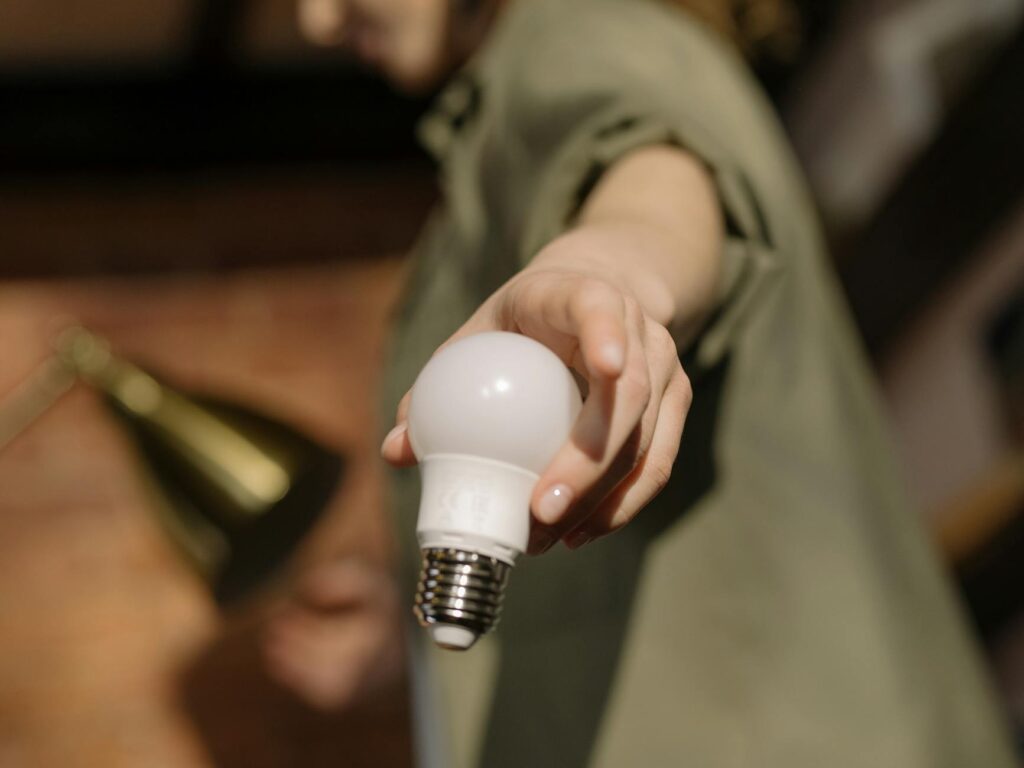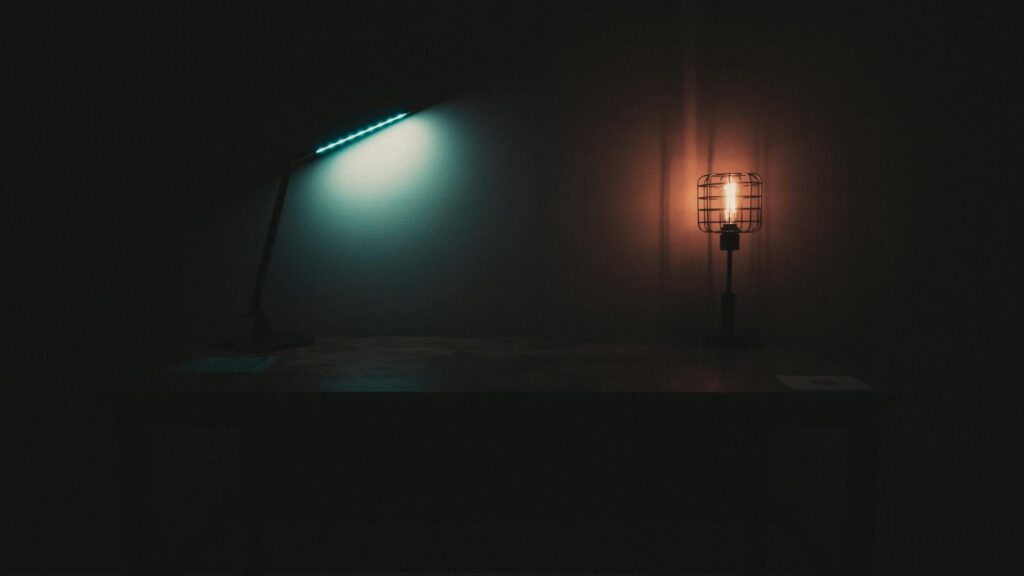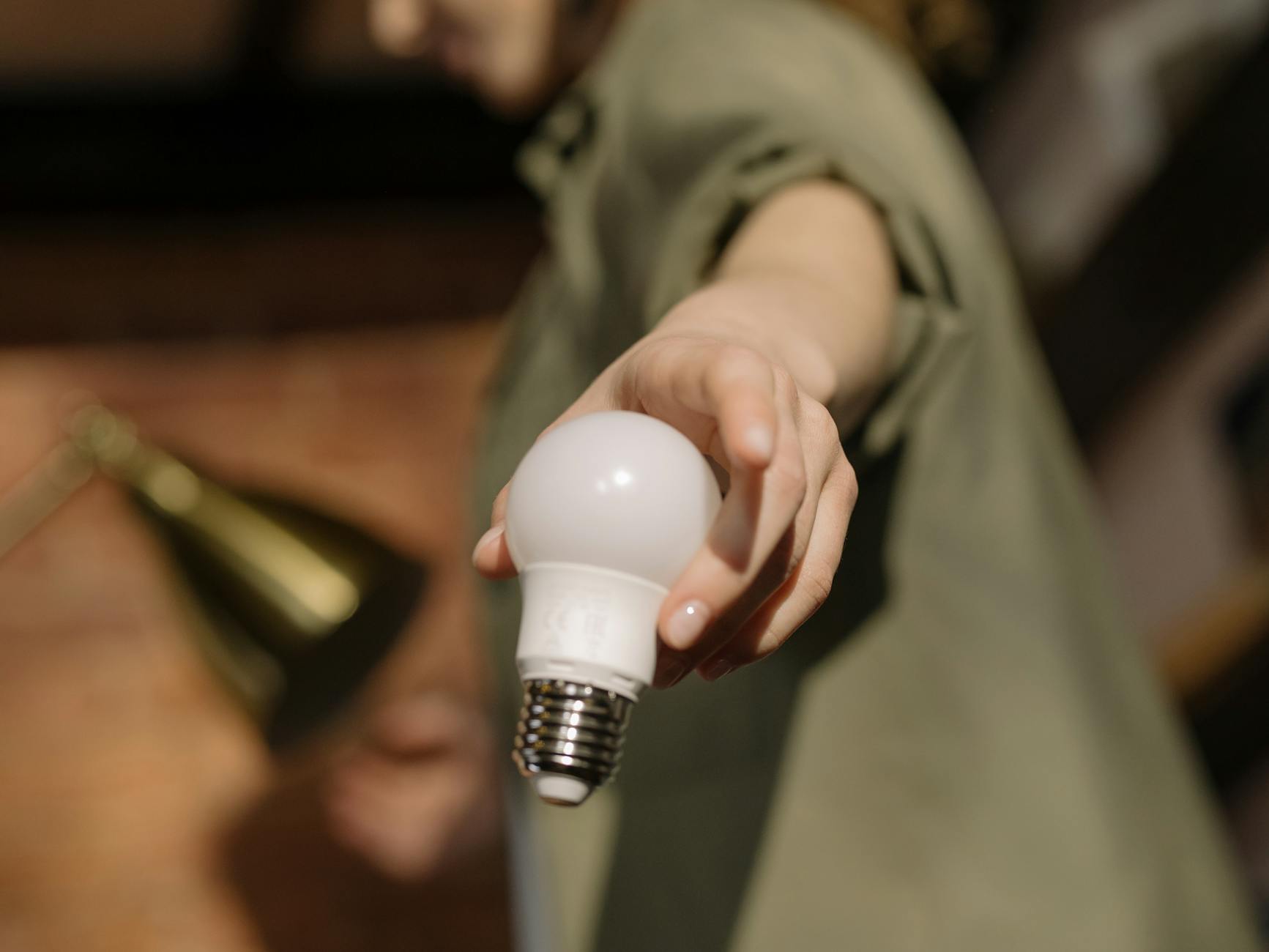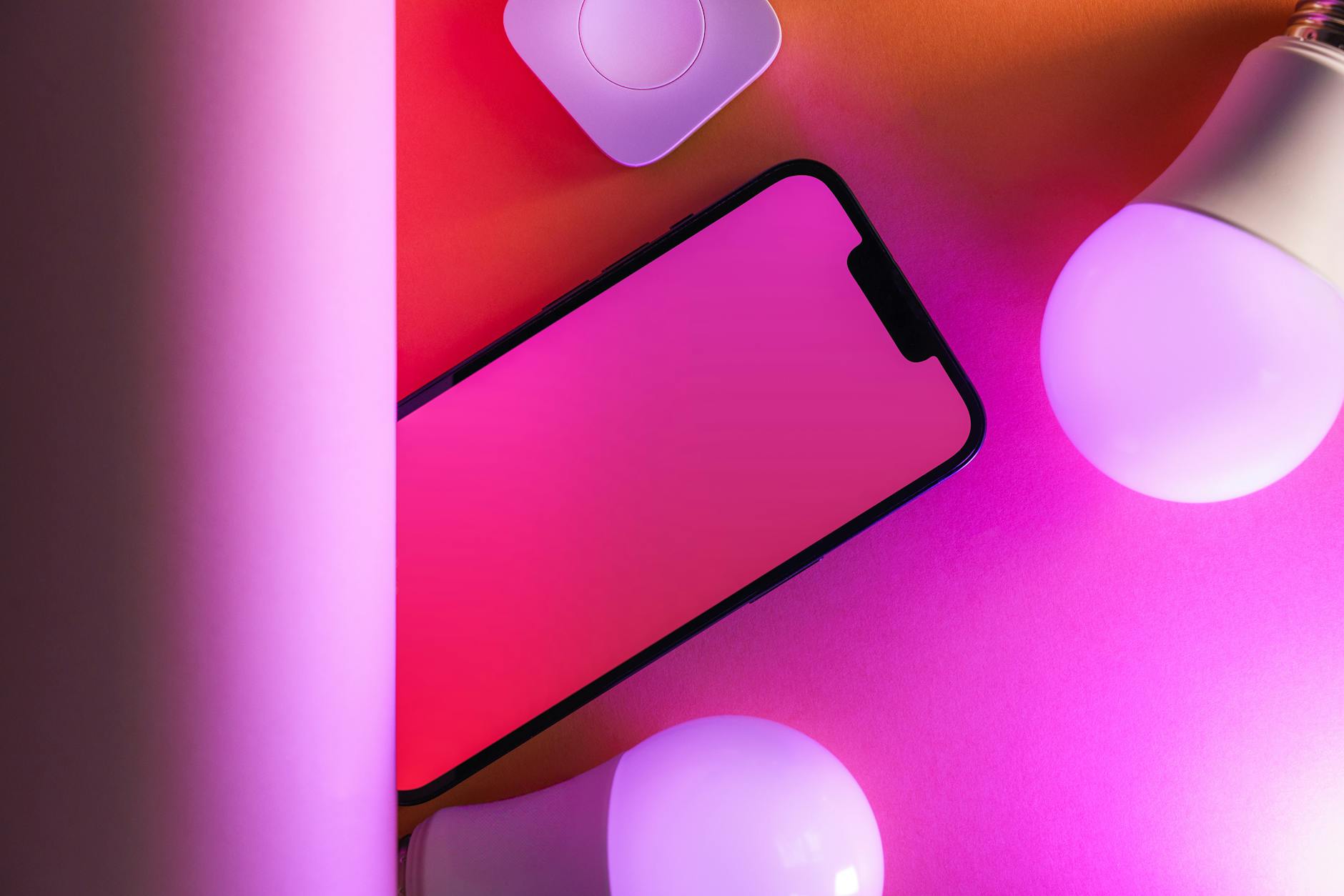Choosing the right LED bulb for each room in your house can dramatically enhance the ambiance, save energy, and reduce costs. Whether you’re outfitting a cozy study or a bustling kitchen, understanding the nuances of LED lighting will guide you to the perfect selection. In this comprehensive guide, we’ll explore how to match LED bulbs to the specific needs of every room.
Understanding LED Lighting
Before diving into room-specific advice, it’s crucial to grasp the basics of LED lighting. LEDs, or Light Emitting Diodes, offer superior lifespan and energy efficiency compared to traditional incandescent bulbs. They come in various color temperatures, measured in Kelvins, which can affect the mood and functionality of a space.

Color Temperature Essentials
Color temperature profoundly influences the atmosphere of a room. Warm whites (2700K – 3000K) create a cozy, inviting ambiance, ideal for living rooms and bedrooms, while cooler whites (3500K – 4100K) project a more neutral, productive tone, suitable for kitchens and bathrooms. Daylight bulbs (5000K – 6500K) mimic natural sunlight and are excellent for task lighting in home offices and craft areas.
Lumens and Brightness
The brightness of a bulb, measured in lumens, determines how much light it emits. Different rooms require varying levels of brightness: a dimmer atmosphere for a bedroom or a brighter, more invigorating light for a kitchen or bathroom. Understanding the lumens suitable for each room can help you create the desired effect.
Living Room Lighting
In the living room, where comfort meets functionality, opt for warm white LED bulbs. Adjustable lighting options, such as dimmers or smart LED lamps, can adapt to different activities, whether it’s watching TV or hosting guests.

Kitchen Brightness
Kitchens benefit from cool to neutral white bulbs, enhancing focus and visibility. Under-cabinet lighting can provide additional task lighting, ensuring that no detail is overlooked during food preparation.
Bedroom Ambiance
Bedrooms call for soft, warm lighting to promote relaxation before sleep. Consider bulbs that mimic sunset colors for lamps or overhead fixtures to create a tranquil retreat.
Bathroom Illumination
A mix of color temperatures works well in bathrooms. Cool white overhead lighting combines with warmer toned bulbs around the mirror to aid in morning routines, ensuring both energizing and flattering light sources.
Home Office Productivity
Daylight bulbs can enhance concentration and reduce eye strain in home offices. Supplement task lighting with desk lamps or adjustable fixtures for long study sessions or work hours.
Outdoor and Security Lighting
For outdoor spaces, including patios and security lighting, opt for daylight LEDs. They provide clear visibility and can deter unwanted guests while ensuring safety in dark areas.
Dining Room Drama
Create a dining atmosphere with warm, dimmable lights. The flexibility to adjust brightness depending on the time of day or occasion can transform an everyday meal into a special event.
Children’s Rooms and Safety
In children’s rooms, prioritize eye safety and sleep patterns. Avoid overly bright or cool-toned bulbs. Soft, warm lights can create a nurturing environment conducive to bedtime routines.
Entryway and Hallway
The entryway sets the tone for your home. Soft, welcoming light invites relaxation, while brighter fixtures in hallways facilitate safe and easy movement throughout the house.
Accent Lighting and Decor
LED strips or spotlights can accentuate artwork, bookshelves, or architectural details, adding layers to a room’s design. Choose the color temperature that complements the decor’s overall theme.
[h2]Energy Efficiency Tips
Beyond choosing the right bulb for each room, consider LEDs’ energy efficiency to save on electricity bills. Pairing your bulbs with motion sensors or timers can further enhance savings and convenience.
Smart Home Integration
Smart LEDs offer the ultimate in convenience and customization. Control lights via smartphone or voice command, adjusting settings for time of day, mood, or activity level without leaving your chair.

Conclusion
Selecting the perfect LED bulb for each room in your home is a balance of understanding lighting basics, knowing your spaces, and aligning with your home’s overall aesthetic. By considering factors like color temperature, brightness, and functionality, you can enhance each room’s comfort and utility, leading to a harmonious and energy-efficient home.
Frequently Asked Questions
Can LED bulbs be used in any fixture? Generally, yes. Most LED bulbs are designed to fit standard fixtures. However, it’s essential to check the bulb’s size and shape compatibility before purchasing.
How long do LED lights last? LED bulbs can last up to 25 times longer than traditional incandescent bulbs, often around 25,000 to 50,000 hours of use.
Are LED bulbs energy efficient? Yes. LEDs use at least 75% less energy than incandescent lighting, making them an eco-friendly and cost-effective choice.
Can I dim LED bulbs? Not all LEDs are dimmable. Check the packaging or product specifications to ensure compatibility with dimmer switches.
Do LEDs emit UV rays? LED lighting produces minimal ultraviolet light, making them safer for art and sensitive fabrics that might be damaged by exposure to UV rays.





